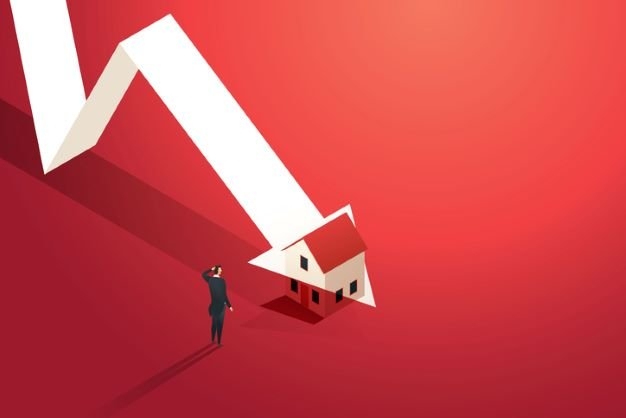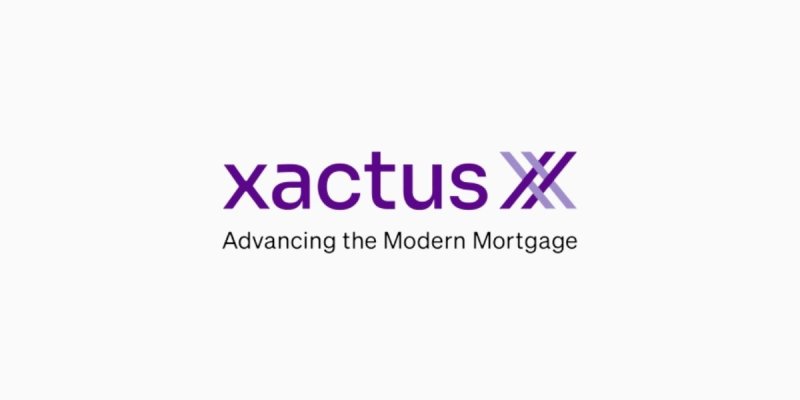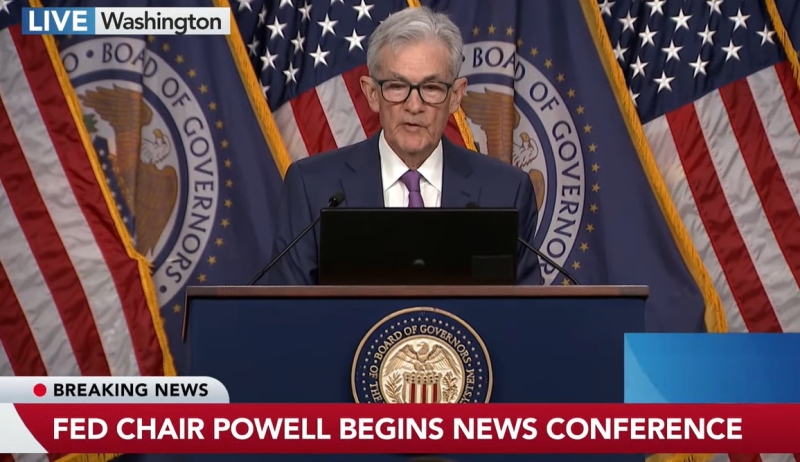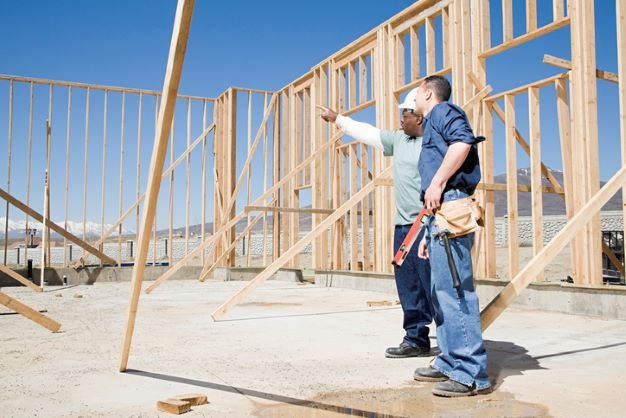
‘You Can’t Buy What’s Not For Sale’

Despite lack of supply, Potential Home Sales Model improves, First American says.
- The potential for existing-home sales increased to 5.3 million in May, a 0.19% increase.
- The potential sales are still down 5.7% from a year earlier.
- It is also 21.9% below the peak, set in April 2006.
In a higher mortgage rate environment, where many existing homeowners stay put and limit the supply of homes for sale, housing market potential will remain constrained, says First American Financial Corp. Chief Economist Mark Fleming.
The potential for home sales increased in May, but remains significantly restrained by the lack of inventory, the company said Thursday.
The provider of title, settlement, and risk solutions for real estate transactions released its Potential Home Sales Model for May 2023, which found that potential existing-home sales increased to a 5.3 million seasonally adjusted annualized rate (SAAR), a 0.19% month-over-month increase.
The model measures what a healthy market level of home sales should be based on economic, demographic, and housing market fundamentals.
While the potential sales increased from April, it is still down 5.7% from a year earlier, a loss of 319,000 (SAAR) sales, First American said.
The potential existing-home sales is 1.49 million (SAAR), or 21.9%, below the peak of market potential, which occurred in April 2006. It also represents a 52.1% increase from the market potential low point reached in February 1993, the company said.
Fleming said the main factor limiting housing market potential is existing homeowners who are staying put.
“Traditionally, existing homes make up nearly 90% of the total inventory of homes for sale nationally,” he said. “Since the start of the pandemic, existing homes have made up on average 75% of all homes for sale. In April, the most recent data available, that share fell further, to 71%. The persistent lack of existing-home inventory holds back housing market potential. You can’t buy what’s not for sale.”
A Scarce Good
Fleming said one way to measure existing-home inventory is to track inventory turnover — the supply of existing homes for sale as a percentage of the total occupied residential inventory.
“Prior to the start of the pandemic in February 2020, existing-home inventory averaged 2.2%. In other words, 220 in every 10,000 existing homes were for sale,” he said. “Inventory turnover hit a historic low of 0.77% in February 2022 and has made little progress since then. As of the most recent data available in April 2023, approximately 84 homes in every 10,000 were for sale, well below the historic average.
Fleming said the increasing “tenure length” — a measure of the time someone lives in their home — can help to explain why existing-home inventory remains so constrained.
“Before the housing market crash in 2007, the average length of time someone lived in their home was approximately five years,” he said. “Average tenure length grew to approximately eight years during the aftermath of the housing market crisis between 2008 and 2016, in part because homeowners who were underwater on their mortgage needed to wait for their home to appreciate before they sold.”
He continued, “The most recent data shows that the average length of time someone lives in their home reached a record high of 10.8 years in May 2023. One of the primary reasons that tenure has increased is due to the higher mortgage rate environment.”
Higher mortgage rates — the 30-year fixed rate has held between 6% and 7% since the start of the year — keep existing homeowners feeling “rate-locked” into their homes, making them reluctant to sell “because they don’t think they can find a better home to buy in a limited inventory market,” he said.
According to Redfin, nearly everyone with an existing mortgage has a rate below 6%.
Will Inventory Rise?
Despite the obstacles facing the current housing market, the decision to buy and sell is more than just a financial calculation, Fleming said.
“An existing homeowner may choose to sell for lifestyle reasons, even if it means losing their low mortgage rate,” he said. “Additionally, 42% of homeowners own their home free-and-clear, so they are not deterred by higher mortgage rates.”
Existing homeowners also are sitting on near historic levels of equity, he noted. “For some of those equity-rich homeowners, moving and taking on a higher interest rate may not hinder their decision to sell — especially if they move to a more affordable place,” Fleming said.
And yet, in a higher mortgage-rate environment where existing homeowners stay put and limit the supply of homes for sale, the housing market potential will remain constrained. As a result, the new normal for existing-home sales will be lower than during the pandemic boom years, Fleming said..
“While recency bias may have caused many to forget, the pace of sales in late 2020 and 2021, which averaged over 6 million at a seasonally adjusted annualized rate (SAAR) of sales, was anything but normal,” he said. “The pre-pandemic historic average pace of sales is closer to 5 million SAAR and, while the housing market today remains below that level, it is primarily a reflection of the historically low levels of inventory.”




